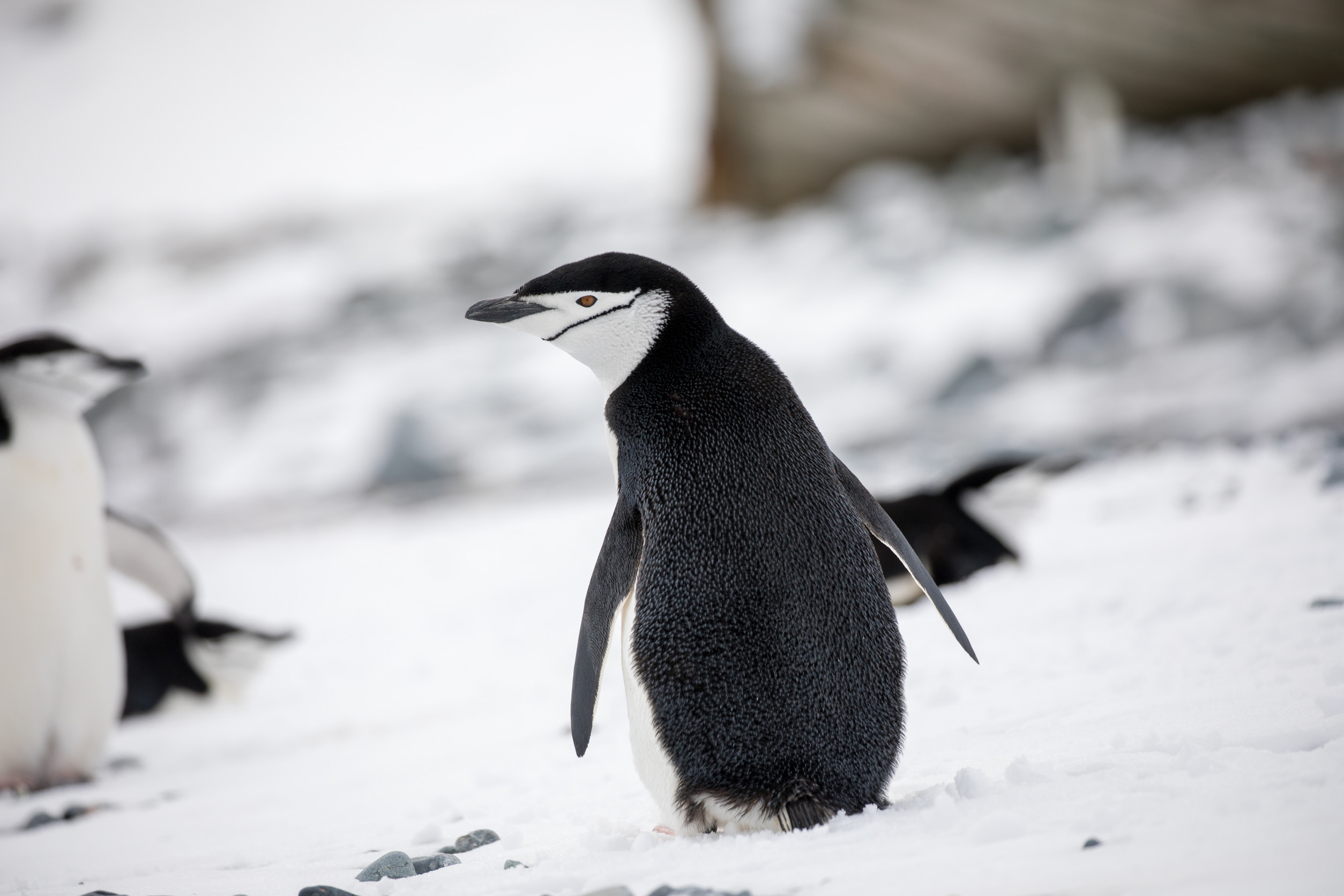Image Credit: onlineexpress/123rf.com
In a groundbreaking study from the University of Helsinki, researchers have uncovered an unexpected connection between Adélie penguins and climate regulation in Antarctica. The study highlights the significant role that penguin droppings play in atmospheric processes, suggesting that these beloved birds contribute to climate stability in their frigid habitat.
Over a two-month period, scientists observed a colony of approximately 60,000 Adélie penguins on the Antarctic Peninsula. They found that the ammonia released from penguin droppings can dramatically increase ammonia levels in the atmosphere, at times rising over 1,000-fold when conditions are right. This ammonia interacts with sulfur gases emitted by phytoplankton, forming aerosol particles that are crucial for cloud formation.
The clouds created as a result of these interactions serve an essential function by reflecting sunlight back into space, thereby cooling the surface below. This natural mechanism plays a vital role in mitigating ice melt in a region increasingly threatened by climate change.
Interestingly, the effects of penguin guano persist even after the birds migrate, with researchers noting that airborne particles can linger in the atmosphere, influencing local weather patterns. This phenomenon underscores the intricate interconnections between wildlife and climate systems and highlights the importance of understanding these relationships as global temperatures rise.
Antarctica, often referred to as the planet’s thermostat, is critical for regulating ocean currents and trapping carbon. However, it is also one of the fastest-warming areas on Earth. The study of penguin droppings and their effects on climate dynamics emphasizes the need for continued research into how wildlife contributes to environmental stability.
As researchers continue to explore the ecological significance of species like the Adélie penguin, the findings serve as a reminder of the complex and often surprising ways that nature works to protect our planet. The implications of this research extend beyond Antarctica, shedding light on the interconnectedness of ecosystems worldwide.
Check out the original article here: Source link



